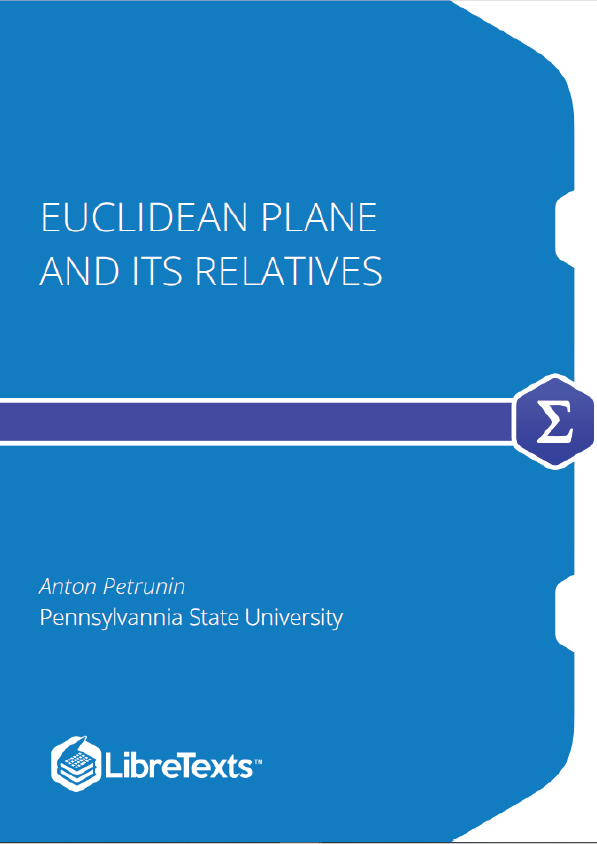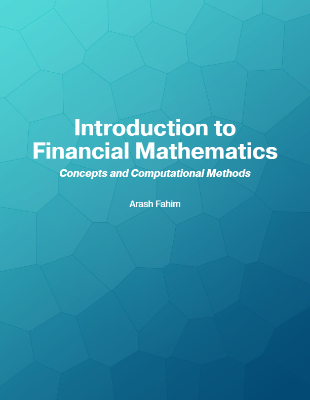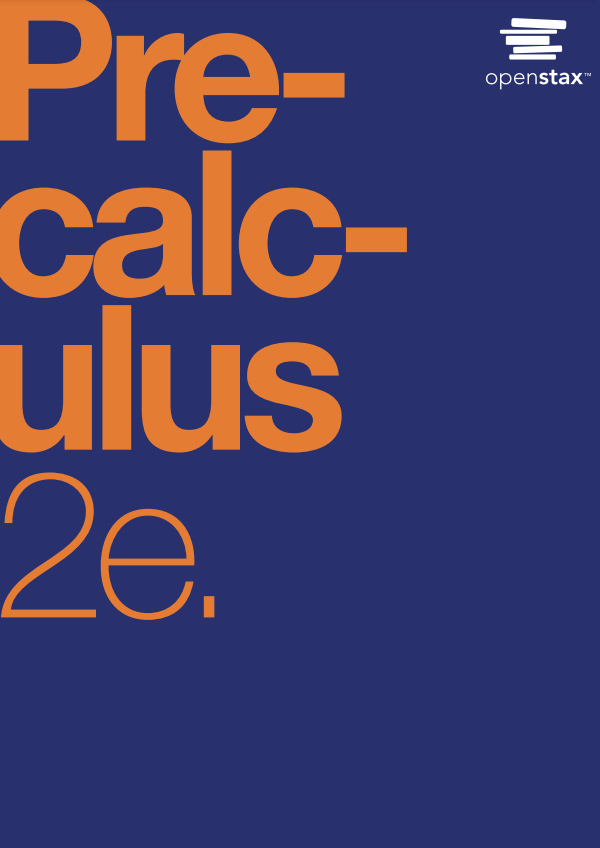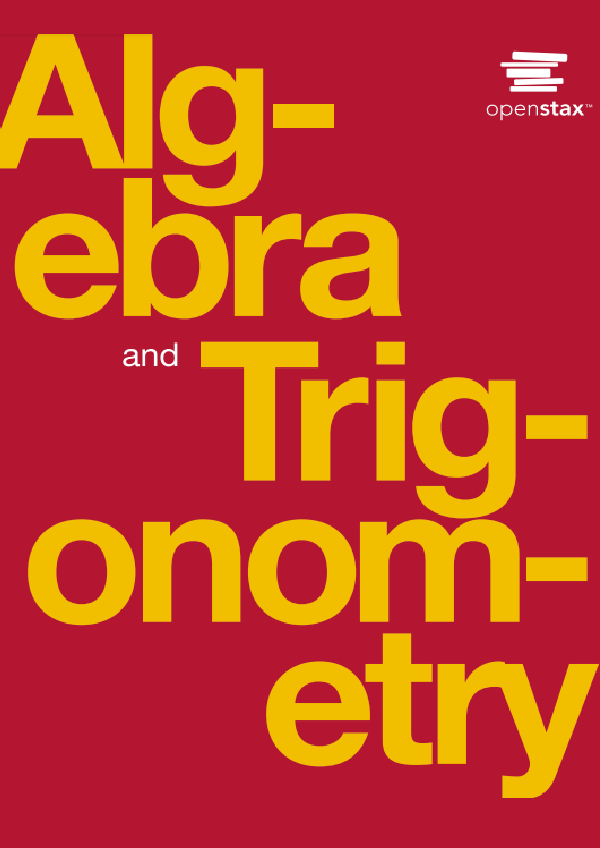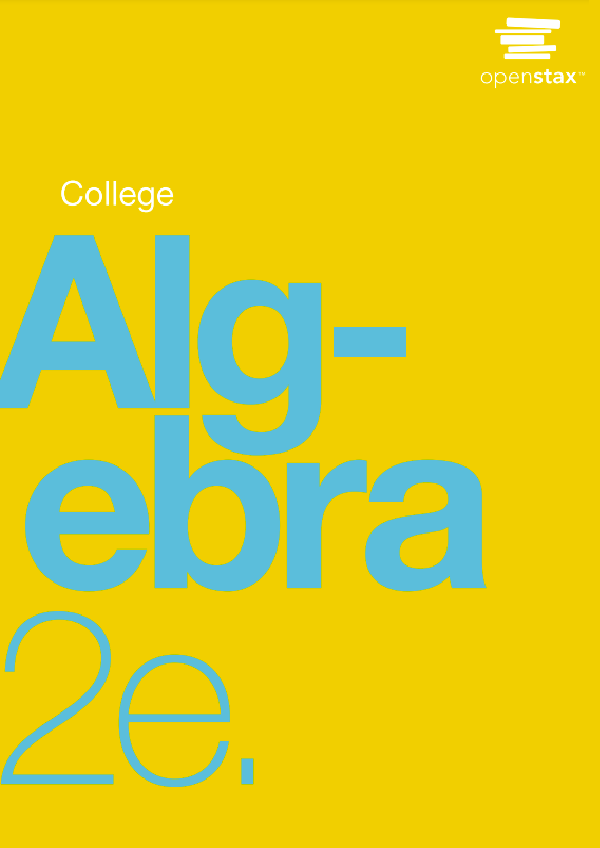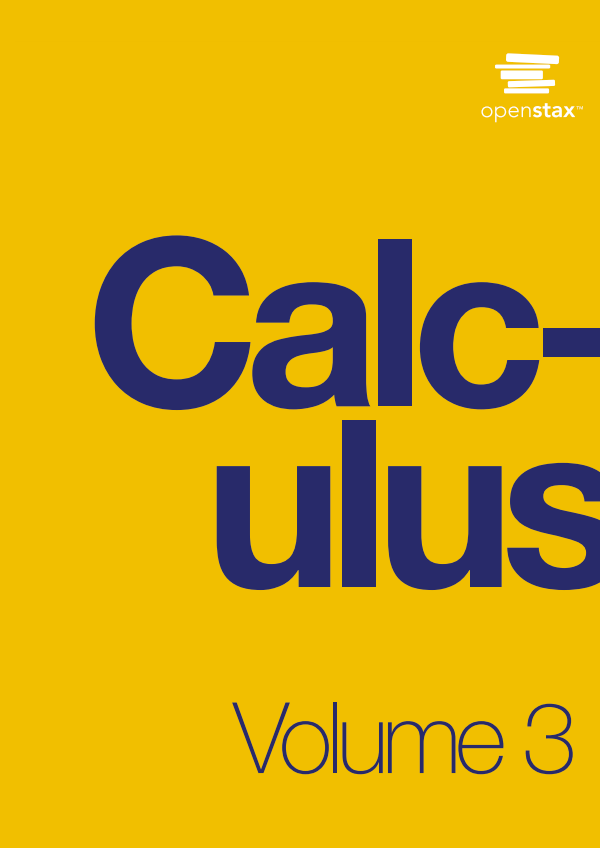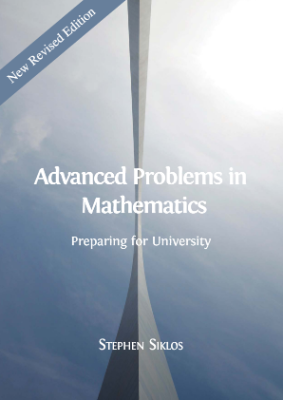What is the axiomatic approach?
In the axiomatic approach, one defines the plane as anything that satisfies a given list of properties. These properties are called axioms. The axiomatic system for the theory is like the rules for a game. Once the axiom system is fixed, a statement is considered to be true if it follows from the axioms and nothing else is considered to be true.
The formulations of the first axioms were not rigorous at all. For example, Euclid described a line as breadthless length and a straight line as a line that lies evenly with the points on itself. On the other hand, these formulations were sufficiently clear, so that one mathematician could understand the other.
The best way to understand an axiomatic system is to make one by yourself. Look around and choose a physical model of the Euclidean plane; imagine an infinite and perfect surface of a chalkboard. Now try to collect the key observations about this model. Assume for now that we have intuitive understanding of such notions as line and point.
(i) We can measure distances between points.
(ii) We can draw a unique line that passes thru two given points.
(iii) We can measure angles.
(iv) If we rotate or shift we will not see the difference.
(v) If we change scale we will not see the difference.
These observations are good to start with. Further we will develop the language to reformulate them rigorously.
Axioms
A system of axioms appears already in Euclid’s “Elements” — the most successful and influential textbook ever written.
The systematic study of geometries as axiomatic systems was triggered by the discovery of non-Euclidean geometry. The branch of mathematics, emerging this way, is called “Foundations of geometry”.
The most popular system of axioms was proposed in 1899 by David Hilbert. This is also the first rigorous system by modern standards. It contains twenty axioms in five groups, six “primitive notions”, and three “primitive terms”; these are not defined in terms of previously defined concepts.
Later a number of different systems were proposed. It is worth mentioning the system of Alexandr Alexandrov [2] which is very intuitive and elementary, the system of Friedrich Bachmann [3] based on the concept of symmetry, and the system of Alfred Tarski [18] — a minimalist system designed for analysis using mathematical logic.
We will use another system which is very close to the one proposed by George Birkhoff [5]. This system is based on the key observations (i)–(v) listed on Section 1.1. The axioms use the notions of metric space, lines, angles, triangles, equalities modulo ( ), the continuity of maps between metric spaces, and the congruence of triangles ( ). All this discussed in the preliminaries.
Our system is built upon metric spaces. In particular, we use the real numbers as a building block. By that reason our approach is not purely axiomatic — we build the theory upon something else; it resembles a model-based introduction to Euclidean geometry discussed on page 10. We used this approach to minimize the tedious parts which are unavoidable in purely axiomatic foundations.
